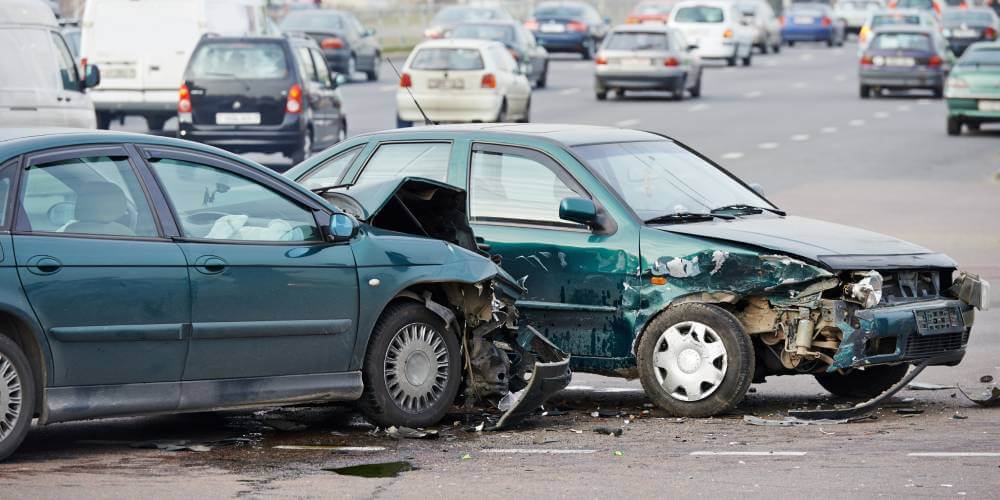Last Sunday marked the end of Daylight Savings Time for 2013. Most people were happy to get the extra hour of sleep, even if it meant having to change nearly every clock in the house by hand.
Here in Chicago and across the midwest generally, our daylight hours were already beginning to wane as we approach winter. Unfortunately, the end of Daylight Savings Time means that we have just lost another hour of sunlight each day. You might not realize it, but this sudden change may have safety implications for Chicago drivers and pedestrians. Shorter days and less sunlight could result in more pedestrian accidents.
Most drivers have already noticed that their commute home from work is now in the dark. Others may be commuting just as the sun is going down. In both cases, it becomes much more difficult to see pedestrians crossing in front of your vehicle.
Nationally, statistics show that the rate of car-pedestrian accidents increases after Daylight Savings Time ends. Anecdotally, many people feel that the first couple weeks after the change may be the most dangerous, because commuters and pedestrians are each adjusting to the shift in time and daylight.
If you usually get around on foot, it’s a good idea to invest in some reflective safety gear or other clothing to make you more visible to drivers. If you are one of the many who now commute home in the dark, please be aware that it may now be harder to see pedestrians and you may have to slow down accordingly.
Source: TurnTo23.com, “Leaving Daylight Saving Time means more pedestrian accidents,”Mark Christian, Oct. 29, 2013

